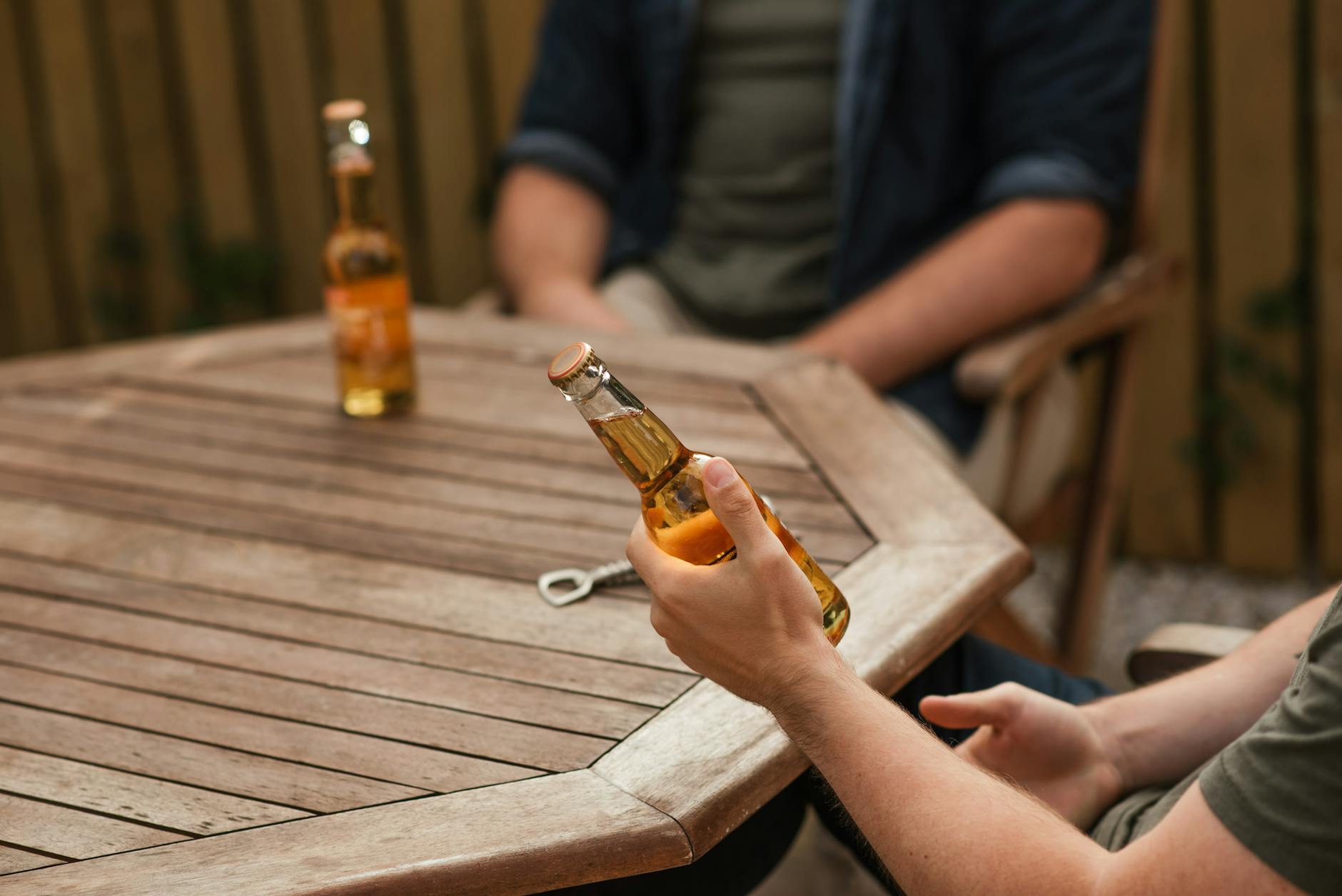Discover the surprising answer to the age-old question: How many beers does it truly take to reach the point of intoxication?
Table of Contents
Alcohol consumption has long been a common social activity, with many individuals enjoying a drink or two on various occasions. However, the question of how many beers it takes to get drunk remains a topic of interest and curiosity among many. Understanding the science behind alcohol metabolism, individual tolerance levels, and various factors influencing intoxication can help shed light on this intriguing question.
Understanding Alcohol Metabolism
When you consume alcohol, your body begins the process of metabolizing it, breaking down the alcohol molecules into byproducts that can be eliminated from the body. The primary organ responsible for alcohol metabolism is the liver, which contains enzymes that help facilitate this process. One of the key factors in alcohol metabolism is blood alcohol concentration (BAC), which refers to the percentage of alcohol in the bloodstream. As BAC levels rise, so does the level of intoxication experienced by an individual.
Individual Tolerance Levels
Individual differences play a significant role in how alcohol affects the body. Factors such as weight, gender, age, and genetics can all influence a person’s tolerance to alcohol. Generally, individuals with a higher body weight may have a higher tolerance to alcohol due to a larger volume of body water that can dilute alcohol in the bloodstream. Women typically have a lower tolerance to alcohol than men due to differences in body composition and enzyme levels. Age also plays a role, as older individuals may metabolize alcohol more slowly than younger individuals. Additionally, genetic factors can impact an individual’s ability to metabolize alcohol efficiently.
Recognizing one’s own tolerance level is essential in ensuring a safe and enjoyable drinking experience. Signs of intoxication include slurred speech, impaired coordination, and changes in behavior. It is important to know when to stop consuming alcohol to prevent the risks associated with excessive drinking, such as alcohol poisoning and impaired decision-making.
Factors Influencing Intoxication
Various factors can influence how quickly someone becomes intoxicated when consuming alcohol. Drinking on an empty stomach can lead to faster absorption of alcohol into the bloodstream, potentially increasing the likelihood of intoxication. Mixing alcohol with other substances, such as medications or illicit drugs, can also enhance the effects of alcohol and contribute to intoxication.

Image courtesy of www.joinreframeapp.com via Google Images
The speed at which alcohol is consumed can impact intoxication levels as well. Consuming alcohol rapidly can lead to a sudden increase in BAC, potentially resulting in intense intoxication. Pace of drinking, therefore, plays a crucial role in how alcohol affects an individual.
Common myths and misconceptions surrounding alcohol consumption, such as “beer before liquor, never been sicker,” can also influence how individuals perceive their level of intoxication. In reality, the order in which different types of alcohol are consumed does not significantly impact intoxication levels. Instead, it is the total amount of alcohol consumed and individual tolerance that determine the degree of intoxication experienced.
Conclusion
Understanding the science of alcohol metabolism, individual tolerance levels, and various factors influencing intoxication can provide valuable insights into the question of how many beers it takes to get drunk. By making informed decisions and engaging in responsible drinking practices, individuals can enjoy alcohol in a safe and enjoyable manner. Remember to know your limits, pace yourself, and prioritize your well-being when consuming alcohol. Cheers to a better understanding of the mysteries behind alcohol intoxication!
FAQ
How many beers does it take to get drunk?
Answer 1: The number of beers it takes to get drunk varies based on individual factors such as weight, gender, and tolerance levels. Generally, intoxication occurs when blood alcohol concentration levels rise above legal limits, which may correspond to different amounts of beer for different individuals.
Does the type of alcohol consumed affect intoxication levels?
Answer 2: While common beliefs suggest that the type of alcohol consumed can impact intoxication levels, the key factor is the overall amount of alcohol consumed rather than the specific type. Different types of alcohol may have varying alcohol content, but the total alcohol intake is the primary determinant of intoxication.
How can I determine my alcohol tolerance level?
Answer 3: Understanding your alcohol tolerance level involves being aware of how alcohol affects your body. Monitoring signs of intoxication, knowing your limits, and observing how different amounts of alcohol impact you can help you gauge your tolerance level and make informed decisions when consuming alcohol.
Are there safe drinking practices to prevent excessive intoxication?
Answer 4: Engaging in safe drinking practices such as pacing yourself, staying hydrated, and eating before consuming alcohol can help prevent excessive intoxication. Knowing when to stop drinking, avoiding mixing alcohol with other substances, and prioritizing your well-being are essential in maintaining a responsible and enjoyable drinking experience.
Generated by Texta.ai Blog Automation


Leave a Reply